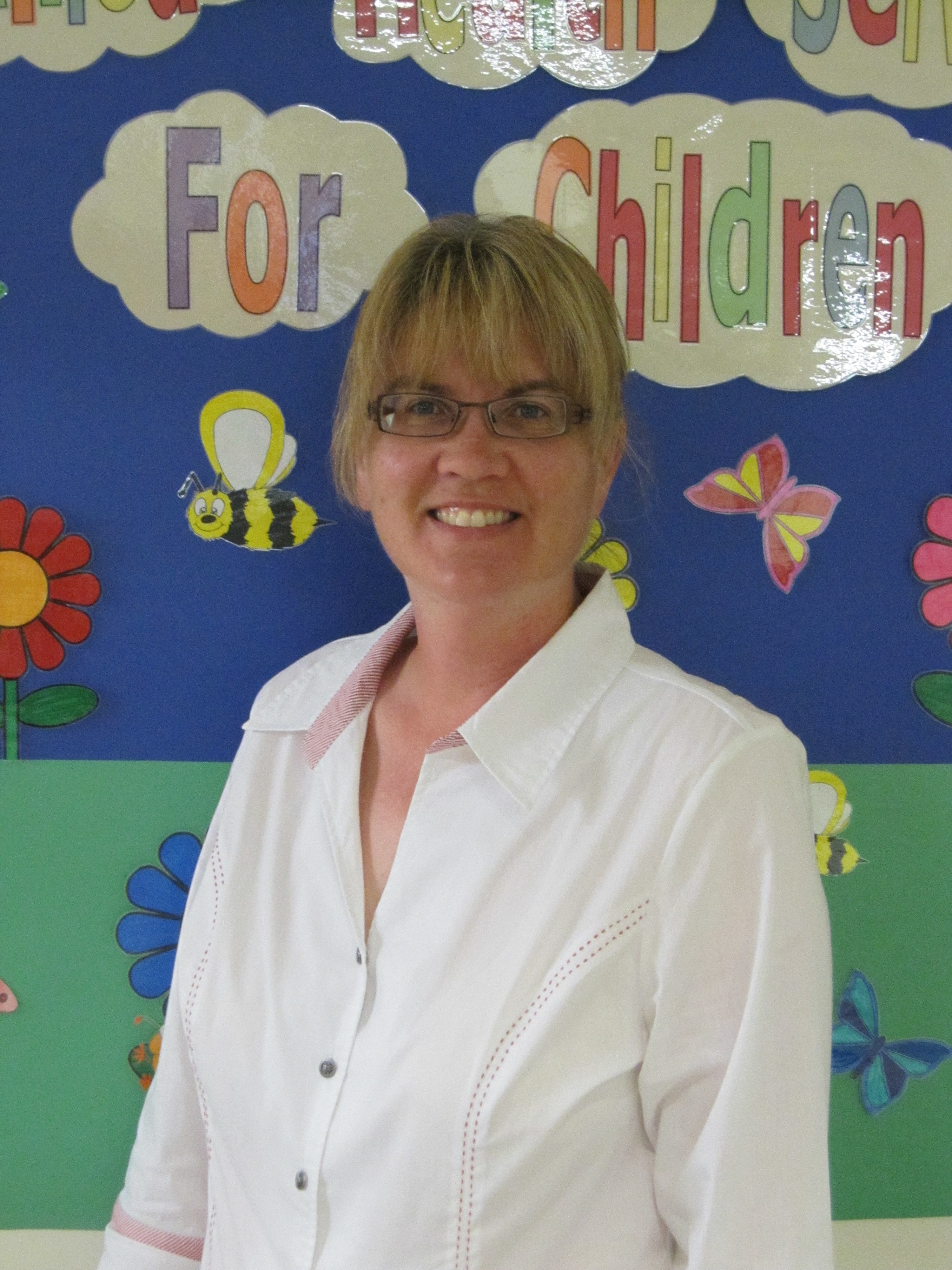Hot Topic Blog - Speech & Reading
TEACHING SOUND AWARENESS AND PRODUCTION FOR SPEECH AND READINGRhonda Schultz; BA, MSc, SLP; Drumheller, Alberta, CanadaDecember 2013 |
|||
|
I
SOUND CARDS
I created SOUND CARDS many years ago when I was working with preschoolers. I have used them with both preschool and school-aged children who exhibit articulation disorders, Childhood Apraxia of Speech, and phonological disorders. Currently, my SOUND CARDS have become the basis for almost all of my articulation and phonological awareness work in the schools.
While some other programs have sound cards, I wanted representations for both consonant and vowel sounds. So I gave each English sound (i.e., consonants and vowels) a recognizable life-like action and picture that would be easily recognizable and understandable for the “little ones” with whom I work.
Each picture represents the actual sound a child hears and says as opposed to a letter name which is often confusing for young learners. This was done so children could make easy sense of sounds as they listen and eventually read. It is called sound-symbol association. Examples include:
I use pictures from Google Images and Clip Art. I customize pictures for boy vs. girl preferences. I also attach hand and/or body actions to the sounds. For example, “f” is represented by forming the fingers and hand to spray spider webs for boys, while “f” is the angry cat sound with body movement for girls. I got this idea from my previous training in Visual Phonics from the International Communication Learning Institute (ICLI). Attaching gestures and movements to speech sounds supports children who learn by doing and moving. Many children benefit from this type of approach.
Additionally, I have created other card sets based on the SOUND CARDS, naming many of them “SOUND SENSE.” Here are some of the “spin offs.”
SOUND SENSE FOR KINDERGARTEN
Students in Kindergarten are given twice weekly sound introductions. They identify what they hear (auditory) rather than what they see (i.e., the letter names - visual). Students act out sounds and learn how to position their mouths to produce the sounds. They practice good overall body posture for speech production. They use mirrors and Tubaloos™ to understand concepts such as voice on; voice off; jaw, lip, and tongue placement; as well as respiratory/air control for speech. The session is closed with auditory bombardment of functional and curriculum-based words with a target sound. SOUND SENSE has been paired with programs such as Animated Literacy by Jim Stone. Teachers with Sound Sense Classrooms have said that the sound-letter association of their students was more solid and advanced than students in previous classes who did not participate in the program.
SOUND SENSE FINGER CARDS
These help students learn sounds while matching finger movements. As an example, for the “vacuum cleaner sound” (“v”), a student makes a “V” with his or her fingers (a peace sign) and pretends to vacuum a picture of a carpet. This also supports finger individuation/finger fitness and was approved by the occupational therapist with whom I currently work.
SOUND SENSE SCAVENGER HUNT
Parents, teachers, and educational assistants describe sounds to students (e.g., airflow; jaw, lip, and tongue placement; voice on; voice off; etc.), and the child finds the sound. This activity is similar to one found in the Lindamood Phoneme Sequencing Program for Reading, Spelling, and Speech (LIPS).
SOUND SENSE MOUTH AEROBICS
Using SOUND CARDS and Lindamood’s Vowel Circle, adapted to include Sound Card pictures and spelling differences, children practice a series of sounds for 2-3 minutes in Circle Time. I also use Soundabet to help students identify the difference between letters and sounds. So simple and so fun!
VOWEL STORIES
I created these when a teacher friend of mine reported that teachers find it difficult to teach vowel sounds. So using the Lindamood Vowel Circle, I created animal stories that focus on one specific vowel sound at a time. There are phonological awareness and language activities that accompany the stories to support vowel learning.
SOUND BUDDIES (“BL” is not one sound)
Teachers historically talk and teach blends as one sound, but blends are really two sounds blended together. I am currently creating SOUND BUDDIES (using Dolch sight words) in response to observations of students’ phonological awareness difficulties with consonant-consonant blends. SOUND BUDDIES will be a puzzle activity combined with an “eye and ear spy game” to detect the buddies and break them down. There will also be rhyming and oral vocabulary-extension activities.
SOUND SCRAMBLE
I love board games and appreciate the social skill development that comes from interaction and learning among peers. SOUND SCRAMBLE is similar to Scrabble™ but uses SOUND CARDS instead of letter tiles. To date, it has been appreciated and enjoyed by preschoolers through teenagers.
SUMMARY
I hope these ideas help you. I realize that my work is not rocket science. However, I want to share the combination of activities that helps my students, who have a variety of learning styles, become truly tuned-in to the auditory/listening skills needed for speech sound development and reading. Please feel free to contact me if you would like additional information on the ideas presented in this blog.
|
|||
 would like to share with you a combination of activities I use with preschool and school-aged children for speech sound production and sound-symbol awareness. While I know that many speech-language pathologists (SLPs) do similar activities on a daily basis, I am sharing an eclectic combination of activities that works for me and my students. I hope both parents and therapists will benefit from my ideas.
would like to share with you a combination of activities I use with preschool and school-aged children for speech sound production and sound-symbol awareness. While I know that many speech-language pathologists (SLPs) do similar activities on a daily basis, I am sharing an eclectic combination of activities that works for me and my students. I hope both parents and therapists will benefit from my ideas.